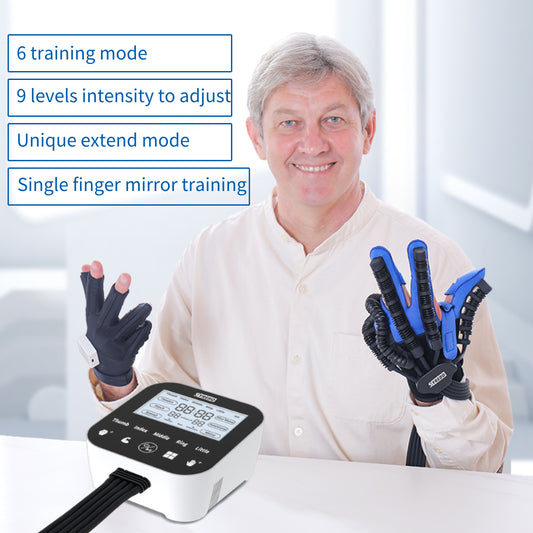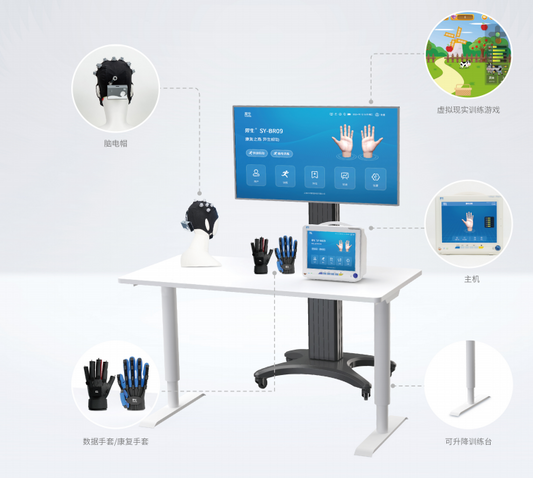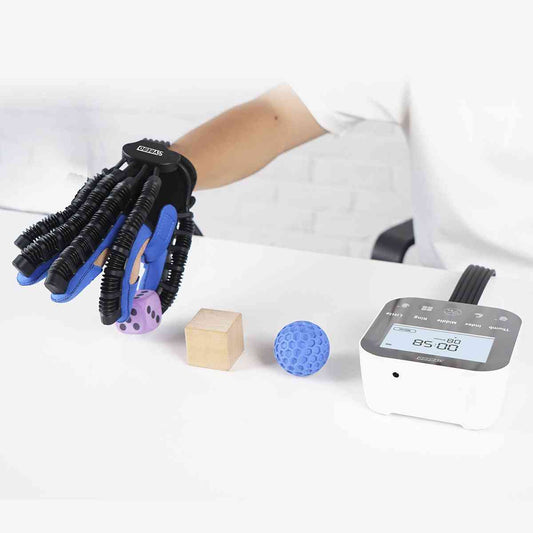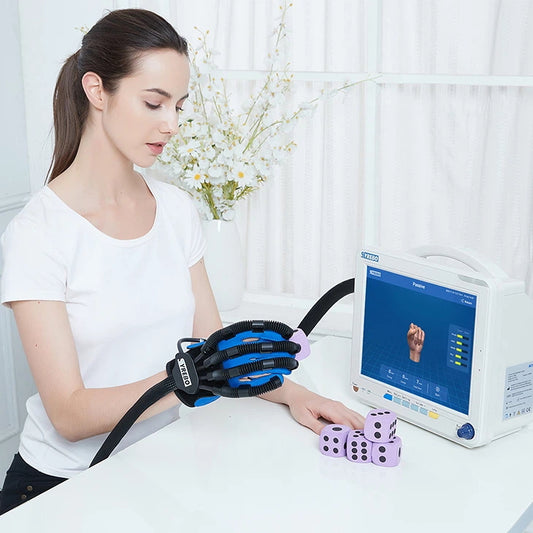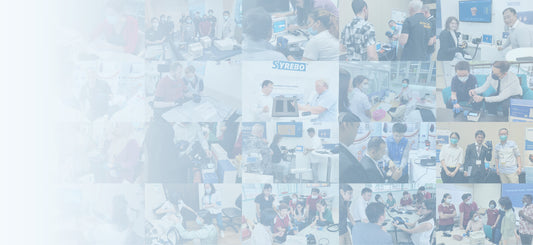What are the 5 warning signs of a stroke?
What Is a Stroke?
A stroke is a medical emergency. A stroke can cause lasting brain damage, long-term disability, or even death. Signs of a stroke can range from mild weakness to paralysis or numbness on one side of the face or body. Other signs may include a sudden and severe headache, sudden weakness, trouble seeing, and trouble speaking or understanding speech.
A stroke can occur when blood flow to the brain is blocked or there is sudden bleeding in the brain. There are two types of strokes. A stroke that occurs because blood flow to the brain is blocked is called an ischemic stroke. The brain cannot get oxygen and nutrients from the blood. Without oxygen and nutrients, brain cells begin to die within minutes. A stroke that occurs because of sudden bleeding in the brain is called a hemorrhagic stroke. The leaked blood results in pressure on brain cells, damaging them.

Just under 90% of strokes involve blocked blood vessels (ischemic), and the rest involve internal bleeding (hemorrhagic). Strokes are further classified based on where in the brain the blockage or bleeding occurs.
Stroke is the No. 5 leading cause of death in the U.S. It's also a major cause of disability for adults.
A stroke can happen to anyone at any age. Women are especially at risk for stroke. One in five women will have a stroke, making it the No. 3 cause of death in women, according to the American Stroke Association.
It's important to know the warning signs and even more critical to act quickly by calling 911 to get help.
Signs of a Stroke
Knowing the symptoms of a stroke, you can quickly identify what’s going on and get help. Every minute counts to help lessen brain damage. Below are the five stroke symptoms, which typically happen suddenly, according to the Centers for Disease Control and Prevention (CDC):
- Numbness/weakness: Sudden numbness or weakness of the face, arm or leg, especially on one side of the body.
- Confusion: Sudden confusion, trouble speaking or understanding speech.
- Trouble seeing: This could happen in one or both eyes.
- Trouble walking could include sudden dizziness, loss of balance, or lack of coordination.
- Severe headache: A sudden bad headache with no known cause.
Pre-stroke Symptoms
Pre-stroke or mini stroke are common terms that refer to a transient ischemic attack (TIA). Unlike a regular stroke, mini strokes only last for a few minutes and don’t usually cause permanent damage. Even though they last for different amounts of time, mini strokes and strokes have the same early warning signs and symptoms. If you suspect you may be experiencing pre-stroke symptoms, it’s important to see a doctor right away. One in three people who experience pre-stroke symptoms will eventually have a stroke.
Stroke Signs in Women vs. Men
Signs of stroke in men and women are generally similar. However stroke symptoms in women can be more subtle, which means they may be more easily missed or dismissed.
The risk of stroke is also higher among women due to several individual factors such as pregnancy, the use of birth control pills or hormone replacement therapy, higher rates of migraine with aura, and irregular heartbeat, which is one of the types of heart disease.
In addition to the common stroke warning signs, women may also experience the following stroke symptoms:
- General weakness or fatigue
- Headache, disorientation, confusion or memory issues
- Nausea or vomiting
Treat and Recover from Stroke
Approximately 70% of stroke survivors experience upper limb and/or hand weakness.
SYREBO recommends that patients are encouraged to participate in regular therapy to help improve movement after stroke. When therapy is neglected, conditions such as spasticity (tightness in the affected muscles) can progress into severe complications such as contractures (stiff, tight, often painful joints).
When hand spasticity is left unmanaged, contractures can eventually cause the hand to tighten into a fist and fingers to curl into the palm. This not only limits the ability to use the hand, but can potentially be quite painful as well. SYREBO rehabilitation gloves for stroke patients can help prevent the development of this complication, among others. To help you understand the process.
When a stroke impacts the brain’s ability to send signals to move the hand, the brain can work around the damaged area by rewiring itself. This process is known as neuroplasticity, and it allows the brain to create and strengthen new neural pathways.
Neuroplasticity is activated through repetition, or massed practice. When you repeat a task on a repetitive and consistent basis, the brain receives this stimulation and responds by strengthening the neural pathways responsible for that task.
Therefore, high repetition of hand therapy exercises is one of the best ways to improve hand function after stroke. This helps stimulate the brain, encourage neuroplasticity, and increase function in the affected hand over time.
Providing the best rehabilitation gloves for stroke patients is our goal. If you need to, feel free to contact us.


